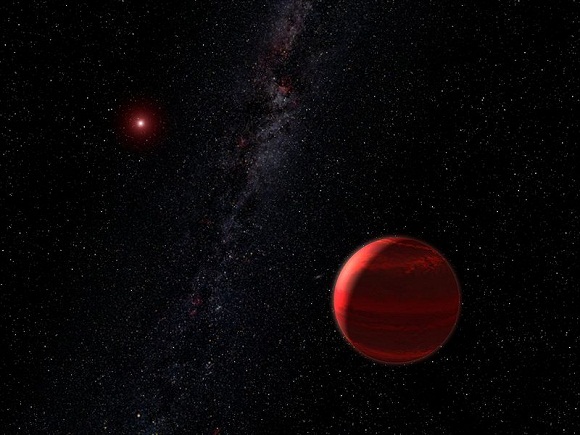The Star Older Than the Universe?
Our Solar System is old. Our best estimates from radiometric dating of meteorites suggest the Sun and its planets (including Earth) were forming some 4.6 billion years ago. The Universe itself appears to be some 13.8 billion years old based on its observed rate of expansion and the properties of Read more





![Star types from left to right: a red dwarf, our Sun, a blue dwarf, and R136a1 (hypergiant). Where star sizes are measured by radius, from centre to surface, and where 1 solar radius is equal to that of our Sun (km) - R136a1’s radius is 35.4 times greater than the Sun [approximately 24.8 million km]. Credit: Author: ESO/M. Kornmesser](https://armaghplanet.com/wp-content/uploads/2012/03/image-of-star-types.jpg)





